St. Patrick’s Day History And Traditions: 9 Surprising Facts You May Not Know About St. Patrick And The Irish Holiday
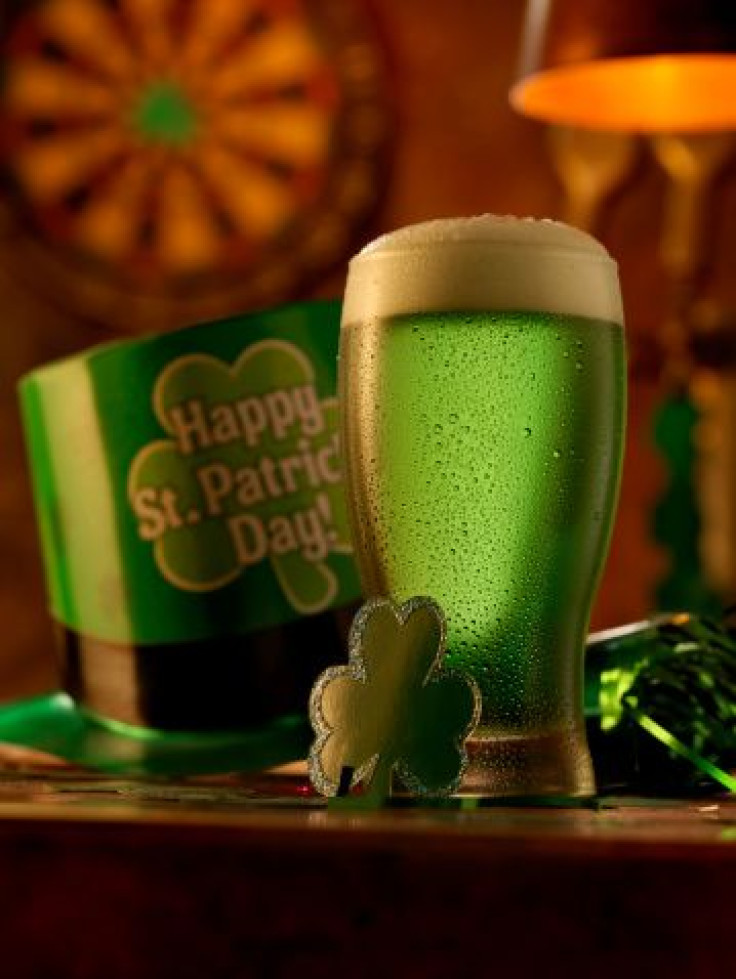
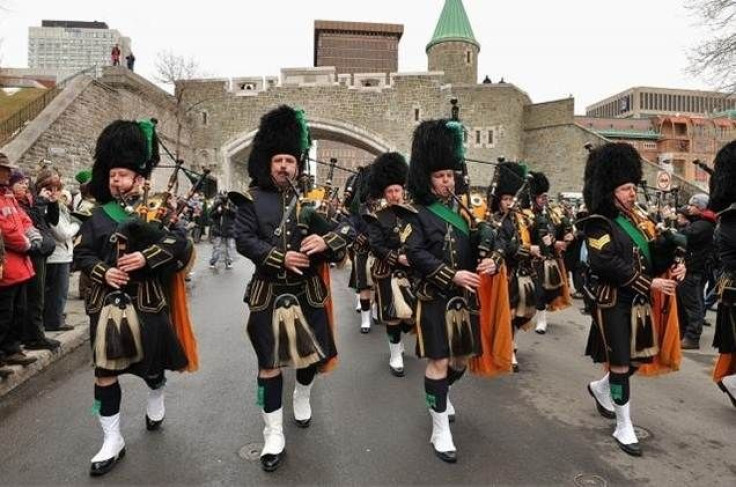
With St. Patrick’s Day 2014 just around the corner, it’s time to don your best green ensemble – or should we really be wearing blue?
While green is essential for any modern St. Patrick’s Day celebration, that wasn’t always the case. In fact, there are several details about St. Patrick and the history and traditions of St. Patrick’s Day that you probably don’t know.
"The modern celebration of St. Patrick's Day really has almost nothing to do with the real man,” Philip Freeman, a classics professor at the Luther College in Iowa, said in 2009.
So what’s the real story with St. Patrick? And, most importantly, can we still drink Guinness? Here are nine surprising facts about St. Patrick’s Day.
The real St. Patrick wasn’t Irish (gasp!)
Contrary to everything your intuition has taught you, St. Patrick was actually English. He was born in Britain around 350 A.D. and probably lived in Wales.
According to Brad Hawkins, a professor of religious studies who spoke with the Daily Forty-Niner, St. Patrick was kidnapped around the age of 16 and brought to Ireland where he was sold into slavery. He tended sheep for about 10 years before he escaped to England. There he took refuge in a monastery in Gaul for 12 years. That’s where he became a priest, and later took his teachings back to Ireland.
"He established the religious system of Rome and originated the Christian Church in Ireland," Hawkins told Daily Forty-Niner in 2000. "He was probably quite a forceful speaker."
St. Patrick proselytized all over Ireland for 30 years, but his actions often angered the Celtic druids. He was arrested several times.
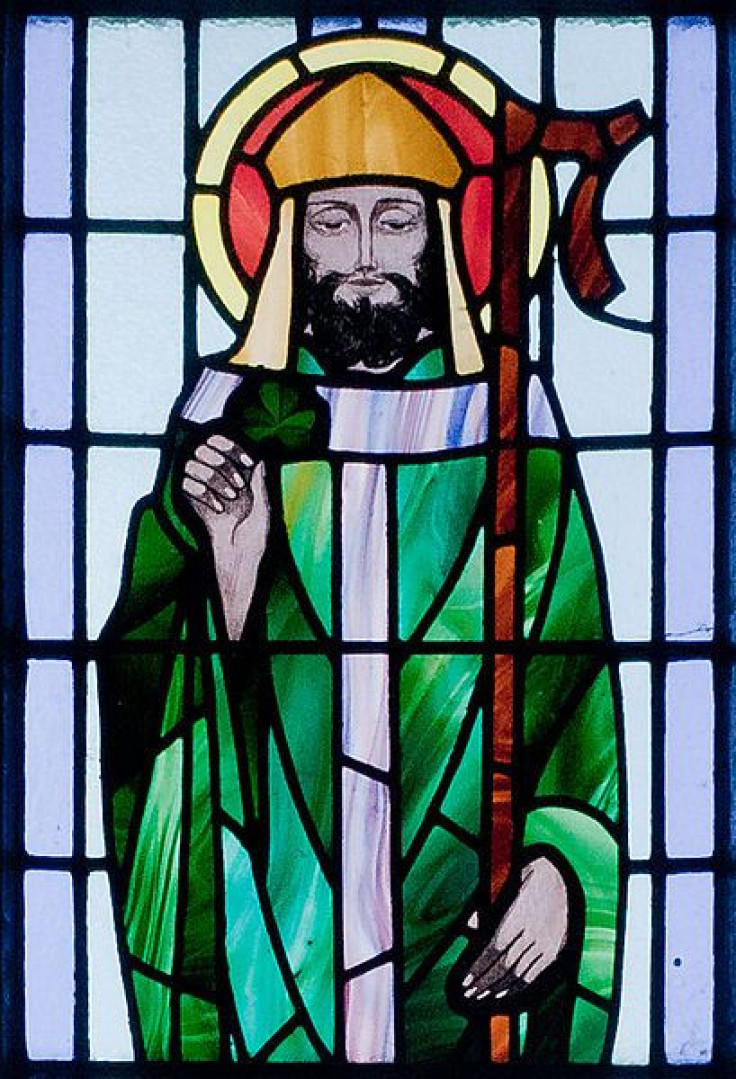
St. Patrick didn’t rid Ireland of snakes.
One legend often associated with St. Patrick is that he drove the snakes out of Ireland during one of his sermons. Legend has it that St. Patrick sent the serpents into the sea, but snakes are not actually found in post-glacial Ireland because of the country’s geographical position.
“It's admittedly an unlikely tale,” National Geographic writer James Owen notes. “Ireland is one of only a handful of places worldwide—including New Zealand, Iceland, Greenland, and Antarctica—that Indiana Jones and other snake-averse humans can visit without fear.”
Leprechauns were first mentioned in the 8th century.
Belief in leprechauns, a term that comes from the Irish word meaning “small-bodied fellow,” probably originated in the Celtic belief in fairies. According to History, Celtic folktales told stories of tiny men and women with magical powers who were known for their trickery.
Leprechauns were said to have spent most of their time making shoes and stored their coins in a hidden pot of gold. They probably looked nothing like the boozy, round men in green attire we know today.
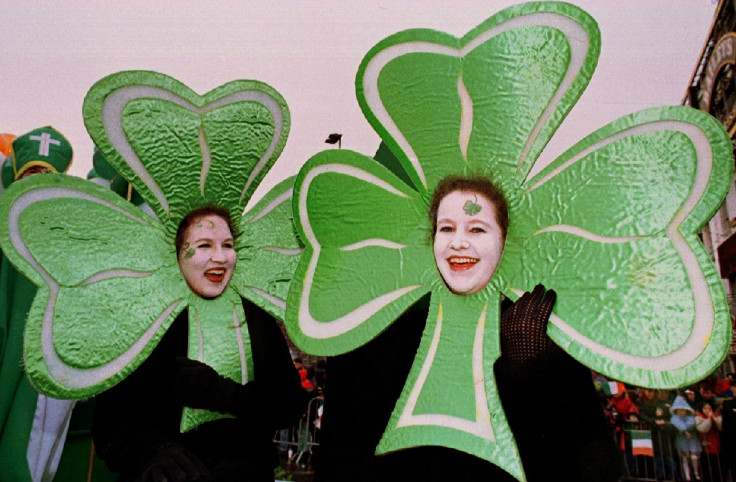
The chance that you’ll ever find a four-leaf clover is 1 in 10,000.
The rarity of four-leaf clovers suggests a possible recessive gene that appears very seldom in nature. Those fortunate enough to find a four-leaf clover are said to gain good luck.
The shamrock is certainly a popular Irish symbol, but it’s not the symbol of Ireland. The harp was historically associated with the Irish and appears on Irish gravestones and manuscripts.
The official color of St. Patrick is actually blue.
Several artworks of St. Patrick show him wearing blue vestments. Blue was also commonly used on flags and coats-of-arms to represent Ireland.
Green came into the picture much later, probably as a symbol of the greenness of the “Emerald Isle.”
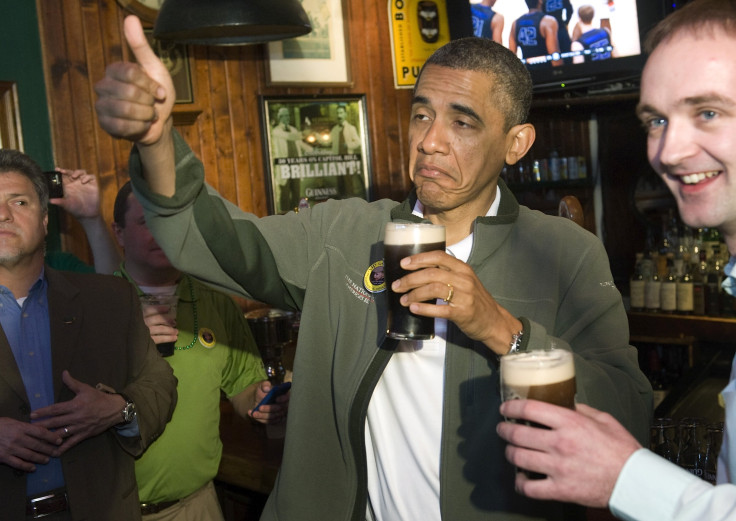
St. Patrick’s Day was a dry holiday in Ireland until about 40 years ago.
That’s right: the Irish holiday typically associated with copious booze was traditionally a dry celebration. In fact, Irish law between 1903 and 1970 made St. Patrick’s Day a religious holiday for the whole country. All pubs were shut down for the day. That law was overturned in 1970.
In fact, the madness of St. Patrick’s Day only made it to Ireland after the country realized they could boost springtime tourism.
St. Patrick’s Day as we know it – the parades, the fanfare, the dressing up – began in America.
In the early days of the U.S., Irish Americans who wanted to celebrate their shared identity started St. Patrick’s Day with banquets at elite clubs in cities like Boston, New York and Philadelphia. The first St. Patrick’s Day parade took place in 1762 and was common by the mid-19th century.
"It becomes a way to honor the saint but also to confirm ethnic identity and to create bonds of solidarity," said Timothy Meagher, an Irish-American history expert, according to National Geographic.
St. Patrick’s Day was a relatively minor religious holiday in Ireland until the 1970s.
Corned beef and cabbage isn’t an Irish traditional dish.
A dish of corned beef and cabbage, while delicious, is more American than Irish. According to 9News, the dish is a variation of a traditional Irish meal that included bacon. But because early Irish-Americans were poor, beef was a cheaper alternative, and cabbage happened to be a springtime vegetable.
There are more Irish people living in the U.S. than in Ireland.
At least when it comes to their descent. The population of Ireland is roughly 4.2 million, but there are an estimated 34 million Americans with Irish ancestry.
This partly has to do with the potato famine between 1845 and 1852 that had millions of Irish fleeing the country for the U.S.
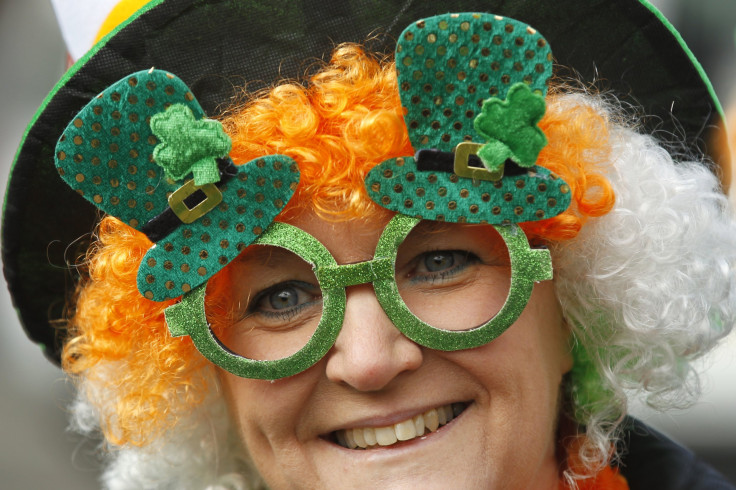
© Copyright IBTimes 2024. All rights reserved.












